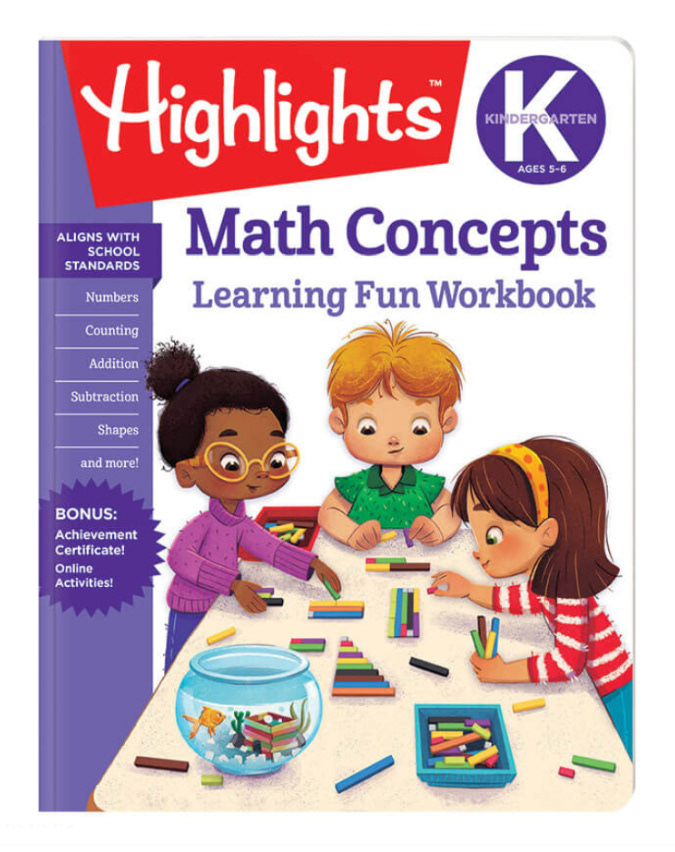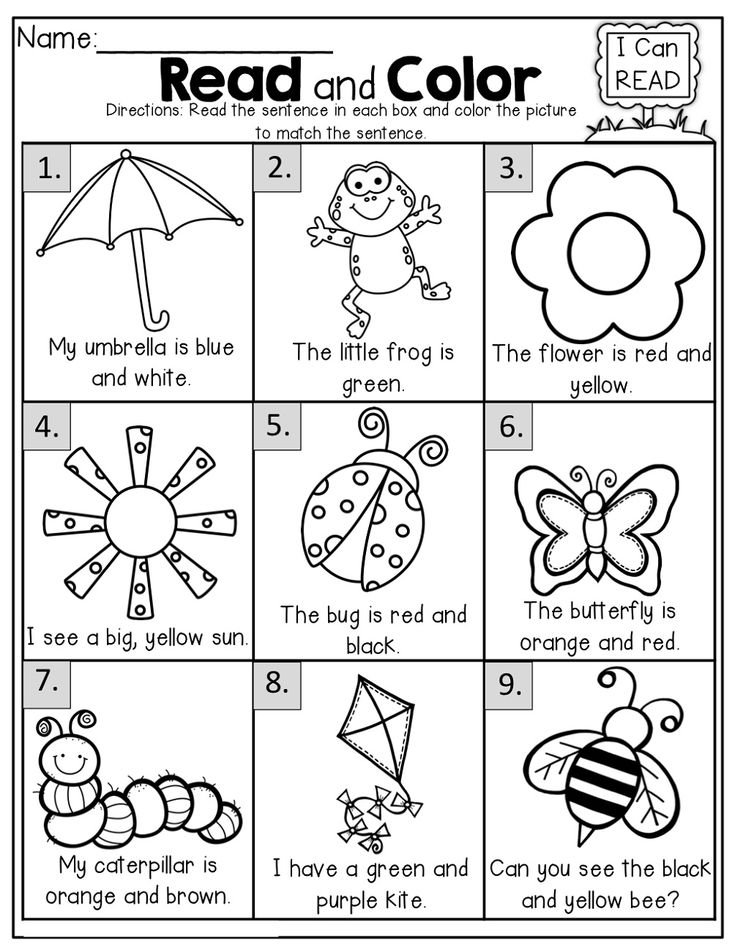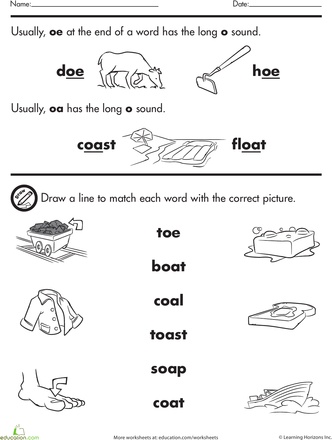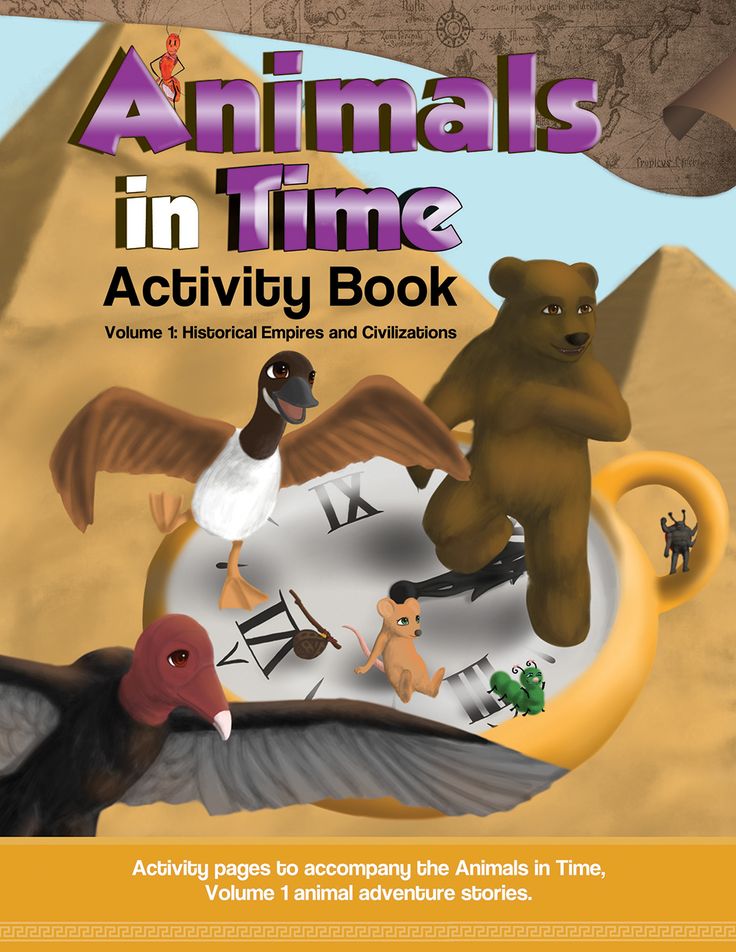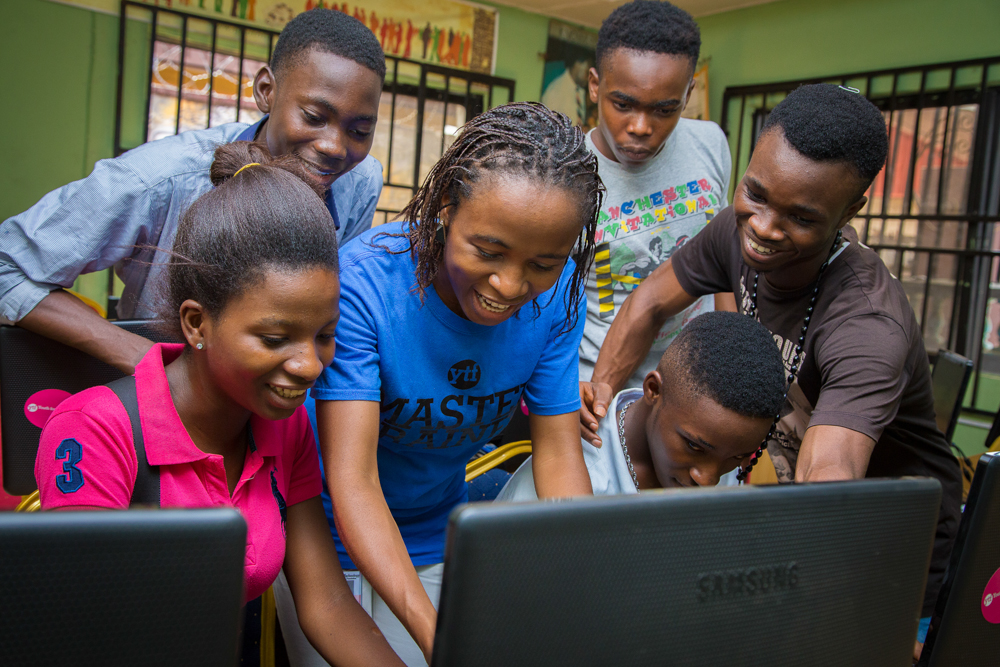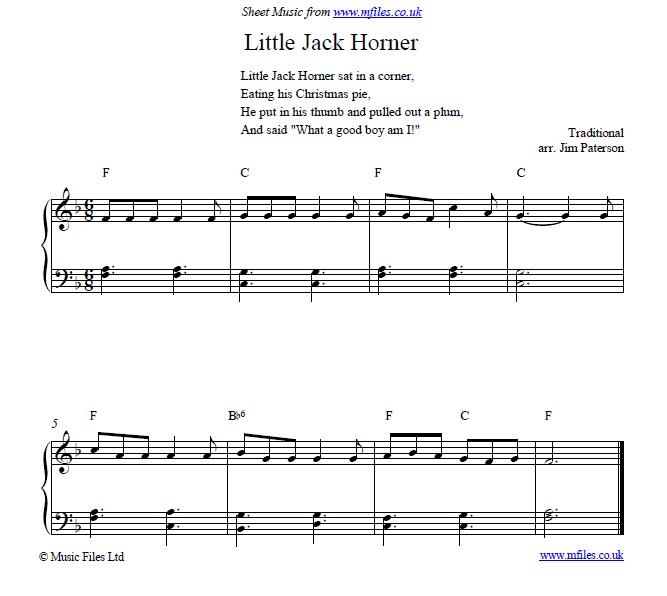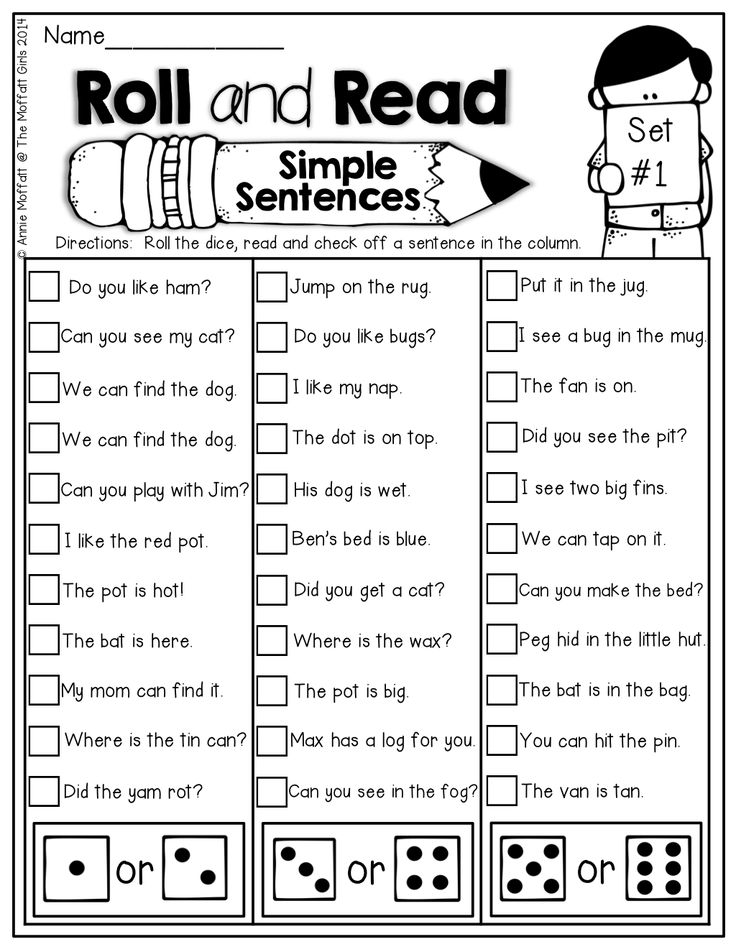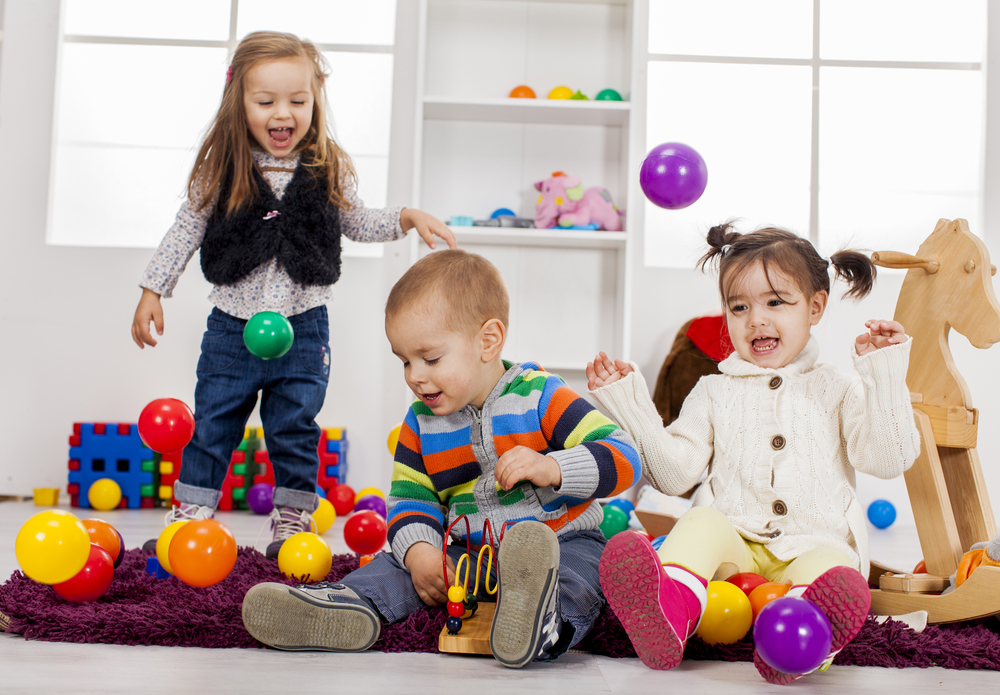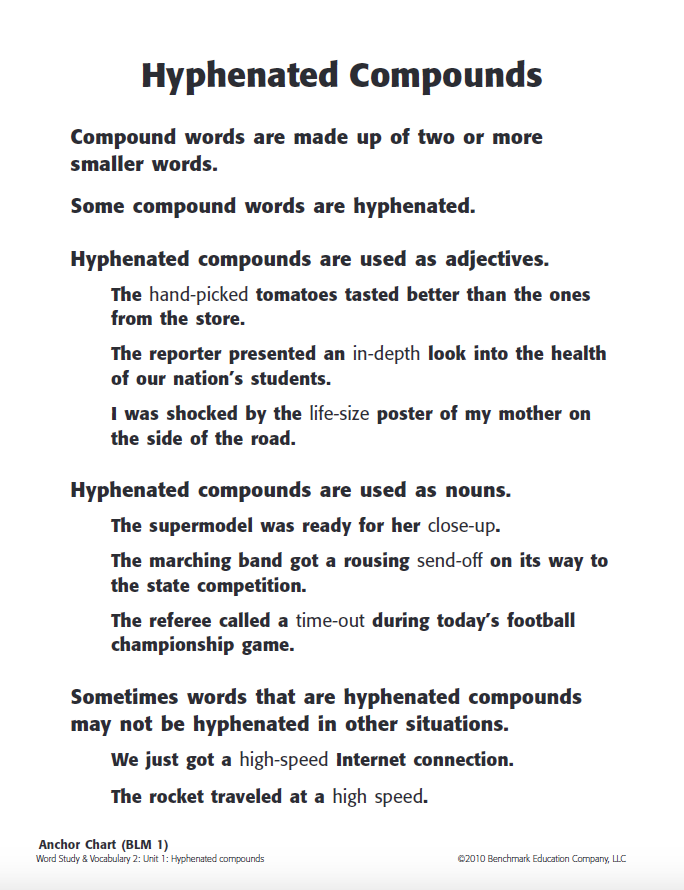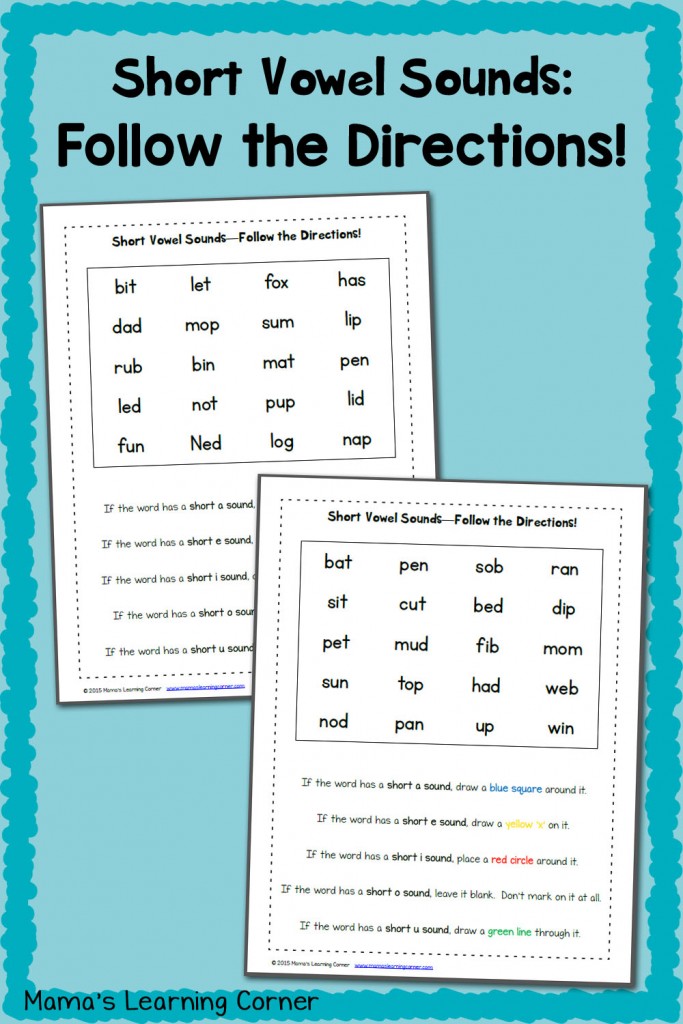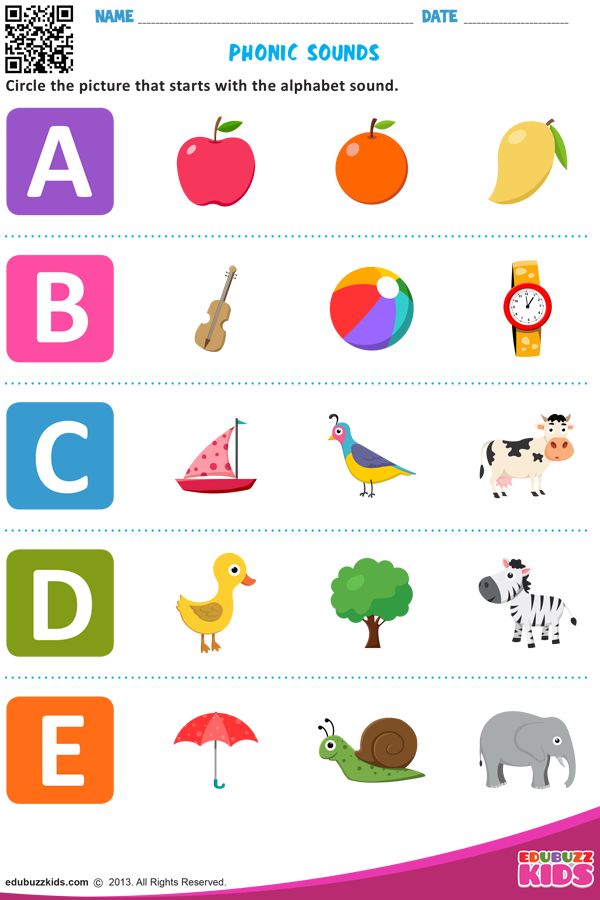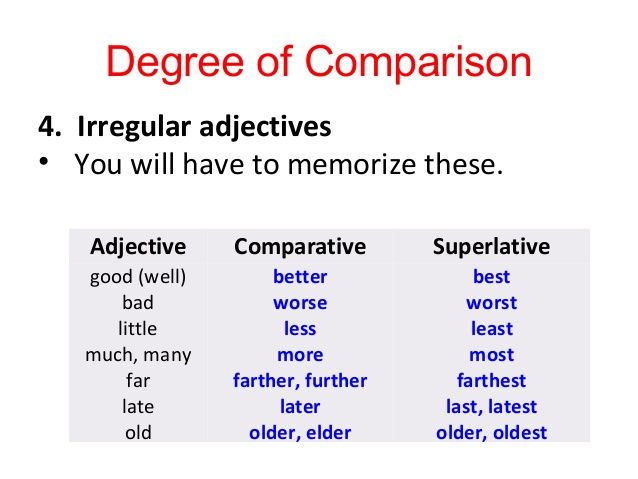Math skills by age
Math Skills and Milestones by Age
Kids start learning math the moment they start exploring the world. Each skill — from identifying shapes to counting to finding patterns — builds on what they already know.
There are certain math milestones most kids hit at roughly the same age. But keep in mind that kids develop math skills at different rates. If kids don’t yet have all the skills listed for their age group, that’s OK.
Here’s how math skills typically develop as kids get older.
Babies (ages 0–12 months)
- Begin to predict the sequence of events (like running water means bath time)
- Start to understand basic cause and effect (shaking a rattle makes noise)
- Begin to classify things in simple ways (some toys make noise and others don’t)
- Start to understand relative size (baby is small, parents are big)
- Begin to understand words that describe quantities (more, bigger, enough)
Toddlers (ages 1–2 years)
- Understand that numbers mean “how many” (using fingers to show how many years old they are)
- Begin reciting numbers, but may skip some of them
- Understand words that compare or measure things (under, behind, faster)
- Match basic shapes (triangle to triangle, circle to circle)
- Explore measurement by filling and emptying containers
- Start seeing patterns in daily routines and in things like floor tiles
Preschoolers (ages 3–4 years)
- Recognize shapes in the real world
- Start sorting things by color, shape, size, or purpose
- Compare and contrast using classifications like height, size, or gender
- Count up to at least 20 and accurately point to and count items in a group
- Understand that numerals stand for number names (5 stands for five)
- Use spatial awareness to put puzzles together
- Start predicting cause and effect (like what will happen if they drop a toy in a tub full of water)
Kindergartners (age 5 years)
- Add by counting the fingers on one hand — 1, 2, 3, 4, 5 — and starting with 6 on the second hand
- Identify the larger of two numbers and recognize numerals up to 20
- Copy or draw symmetrical shapes
- Start using very basic maps to find a “hidden treasure”
- Begin to understand basic time concepts, like morning or days of the week
- Follow multi-step directions that use words like first and next
- Understand the meaning of words like unlikely or possible
First and second graders
- Predict what comes next in a pattern and create own patterns
- Know the difference between two- and three-dimensional shapes and name the basic ones (cubes, cones, cylinders)
- Count to 100 by ones, twos, fives, and tens
- Write and recognize the numerals 0 to 100, and the words for numbers from one to twenty
- Do basic addition and subtraction up to 20
- Read and create a simple bar graph
- Recognize and know the value of coins
Third graders
- Move from using hands-on methods to using paper and pencil to work out math problems
- Work with money
- Do addition and subtraction with regrouping (also known as borrowing)
- Understand place value well enough to solve problems with decimal points
- Know how to do multiplication and division, with help from fact families (collections of related math facts, like 3 × 4 = 12 and 4 × 3 = 12)
- Create a number sentence or equation from a word problem
Fourth and fifth graders
- Start applying math concepts to the real world (like cutting a recipe in half)
- Practice using more than one way to solve problems
- Write and compare fractions and decimals and put them in order on a number line
- Compare numbers using > (greater than) and < (less than)
- Start two- and three-digit multiplication (like 312 × 23)
- Complete long division, with or without remainders
- Estimate and round
Middle-schoolers
- Begin basic algebra with one unknown number (like 2 + x = 10)
- Use coordinates to locate points on a grid, also known as graphing ordered pairs
- Work with fractions, percentages, and proportions
- Work with lines, angles, types of triangles, and other basic geometric shapes
- Use formulas to solve complicated problems and to find the area, perimeter, and volume of shapes
High-schoolers
- Understand that numbers can be represented in many ways (fractions, decimals, bases, and variables)
- Use numbers in real-life situations (like calculating a sale price or comparing student loans)
- Begin to see how math ideas build on one another
- Begin to understand that some math problems don’t have real-world solutions
- Use mathematical language to convey thoughts and solutions
- Use graphs, maps, or other representations to learn and convey information
Remember that kids develop at different paces. Some may gain some math skills later than other kids or have some that are advanced for their age.
If you're concerned about progress in math, find out why some kids have trouble with math, and next steps to take.
Related topics
Math Skills and Milestones by Age
Kids start learning math the moment they start exploring the world. Each skill — from identifying shapes to counting to finding patterns — builds on what they already know.
There are certain math milestones most kids hit at roughly the same age. But keep in mind that kids develop math skills at different rates. If kids don’t yet have all the skills listed for their age group, that’s OK.
Here’s how math skills typically develop as kids get older.
Babies (ages 0–12 months)
- Begin to predict the sequence of events (like running water means bath time)
- Start to understand basic cause and effect (shaking a rattle makes noise)
- Begin to classify things in simple ways (some toys make noise and others don’t)
- Start to understand relative size (baby is small, parents are big)
- Begin to understand words that describe quantities (more, bigger, enough)
Toddlers (ages 1–2 years)
- Understand that numbers mean “how many” (using fingers to show how many years old they are)
- Begin reciting numbers, but may skip some of them
- Understand words that compare or measure things (under, behind, faster)
- Match basic shapes (triangle to triangle, circle to circle)
- Explore measurement by filling and emptying containers
- Start seeing patterns in daily routines and in things like floor tiles
Preschoolers (ages 3–4 years)
- Recognize shapes in the real world
- Start sorting things by color, shape, size, or purpose
- Compare and contrast using classifications like height, size, or gender
- Count up to at least 20 and accurately point to and count items in a group
- Understand that numerals stand for number names (5 stands for five)
- Use spatial awareness to put puzzles together
- Start predicting cause and effect (like what will happen if they drop a toy in a tub full of water)
Kindergartners (age 5 years)
- Add by counting the fingers on one hand — 1, 2, 3, 4, 5 — and starting with 6 on the second hand
- Identify the larger of two numbers and recognize numerals up to 20
- Copy or draw symmetrical shapes
- Start using very basic maps to find a “hidden treasure”
- Begin to understand basic time concepts, like morning or days of the week
- Follow multi-step directions that use words like first and next
- Understand the meaning of words like unlikely or possible
First and second graders
- Predict what comes next in a pattern and create own patterns
- Know the difference between two- and three-dimensional shapes and name the basic ones (cubes, cones, cylinders)
- Count to 100 by ones, twos, fives, and tens
- Write and recognize the numerals 0 to 100, and the words for numbers from one to twenty
- Do basic addition and subtraction up to 20
- Read and create a simple bar graph
- Recognize and know the value of coins
Third graders
- Move from using hands-on methods to using paper and pencil to work out math problems
- Work with money
- Do addition and subtraction with regrouping (also known as borrowing)
- Understand place value well enough to solve problems with decimal points
- Know how to do multiplication and division, with help from fact families (collections of related math facts, like 3 × 4 = 12 and 4 × 3 = 12)
- Create a number sentence or equation from a word problem
Fourth and fifth graders
- Start applying math concepts to the real world (like cutting a recipe in half)
- Practice using more than one way to solve problems
- Write and compare fractions and decimals and put them in order on a number line
- Compare numbers using > (greater than) and < (less than)
- Start two- and three-digit multiplication (like 312 × 23)
- Complete long division, with or without remainders
- Estimate and round
Middle-schoolers
- Begin basic algebra with one unknown number (like 2 + x = 10)
- Use coordinates to locate points on a grid, also known as graphing ordered pairs
- Work with fractions, percentages, and proportions
- Work with lines, angles, types of triangles, and other basic geometric shapes
- Use formulas to solve complicated problems and to find the area, perimeter, and volume of shapes
High-schoolers
- Understand that numbers can be represented in many ways (fractions, decimals, bases, and variables)
- Use numbers in real-life situations (like calculating a sale price or comparing student loans)
- Begin to see how math ideas build on one another
- Begin to understand that some math problems don’t have real-world solutions
- Use mathematical language to convey thoughts and solutions
- Use graphs, maps, or other representations to learn and convey information
Remember that kids develop at different paces.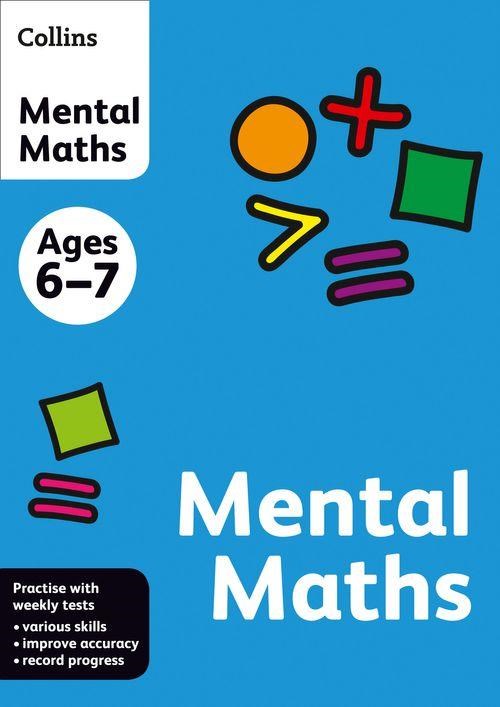 Some may gain some math skills later than other kids or have some that are advanced for their age.
Some may gain some math skills later than other kids or have some that are advanced for their age.
If you're concerned about progress in math, find out why some kids have trouble with math, and next steps to take.
Related topics
Development of mathematical abilities in preschoolers and schoolchildren
Teaching mathematics is not only the development of counting skills and solving problems or equations. It also involves the development of mathematical abilities in children of preschool and primary school age. What are these abilities and how to develop them correctly depending on the age of the child?
The development of mathematical abilities in preschool children
In the understanding of most parents, the development of mathematical abilities in preschoolers includes the study of numbers and ordinal counting, as well as instilling basic calculation skills at least within 10.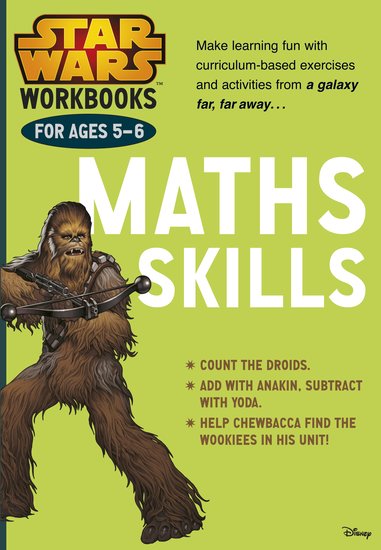 It is these skills that are recommended to be mastered by toddlers, so that adaptation to grade 1 was easy. However, all this is only a small part of what needs to be mastered at preschool age.
It is these skills that are recommended to be mastered by toddlers, so that adaptation to grade 1 was easy. However, all this is only a small part of what needs to be mastered at preschool age.
In order for a baby to develop harmoniously, it is necessary to develop the ability to:
- see similarities and differences in various objects, correlate them with each other or, conversely, contrast them. It is important to teach a preschooler to analyze how objects are similar or different in color, shape, size.
- to separate the main from the secondary, the big picture from its details. For example, after looking at a picture of a closet with different clothing options, the baby should understand that the closet is something in common, and trousers, dresses, sweaters, hats and other clothes are details.
- use numbers - name and write numbers, small expressions with signs of addition and subtraction.
- navigate in space. Know such concepts as "above-below", "right-left" and so on.
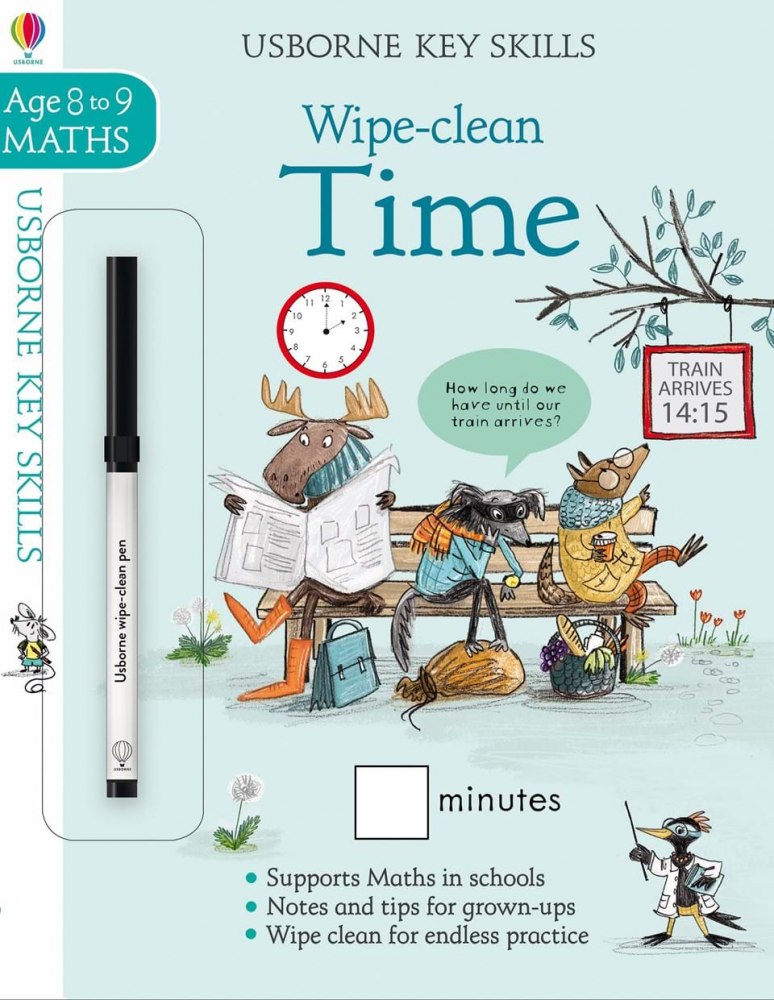
- understand what a positive and negative sequence is. For example, if a book contains a series of numbers, he must be able to read them both forward and backward.
Mathematics and elementary school children
In elementary school age, a child needs even more mathematical skills than in preschool. In the first months of study, this is not so noticeable, because kids are just learning to solve examples and simple tasks. But the older the child gets, the more difficult the tasks become.
This is especially true for tasks in mathematics - in order to cope well with them, students need not only to know the measures of quantities and be able to correctly perform arithmetic operations, but also to understand the conditions of the proposed tasks. This is the main difficulty, because learning to add or multiply, subtract or divide is much easier than developing logical thinking.
It is logic that allows the child to understand what action needs to be performed in order to cope with this or that task. Without the ability to think logically, it is impossible to understand mathematics - you can only learn the rules, remember the schemes for solving exercises. But this will not help to cope with even simple, but unusual tasks for the student. Therefore, it is the development of logic and other types of thinking that should be emphasized.
Without the ability to think logically, it is impossible to understand mathematics - you can only learn the rules, remember the schemes for solving exercises. But this will not help to cope with even simple, but unusual tasks for the student. Therefore, it is the development of logic and other types of thinking that should be emphasized.
How to develop math skills
First of all, you need to decide not even on the list of skills that you want to develop, but on the approach to learning. Just like preschoolers, elementary school students are better at accepting the game format of classes than any other. This is due to the fact that in childhood, the leading form of activity for a person is precisely the game. Unlike boring lessons, it captivates the child, arouses his increased interest. Therefore, it is better to study in the format of the game - so the student will not get tired, as from training loads.
You also need to decide what the extra classes will be and what results you plan to achieve. If a student devotes a lot of time to work in the classroom at school and doing homework, then this will be enough to reinforce what he has learned well. Therefore, it is better to focus not only on the repetition of school material, but also on the study of areas related to mathematics, on the development of logic and thinking. To do this, you need to choose a training program that will improve a wide range of skills. How to develop the mathematical abilities of a student in the most comprehensive way?
If a student devotes a lot of time to work in the classroom at school and doing homework, then this will be enough to reinforce what he has learned well. Therefore, it is better to focus not only on the repetition of school material, but also on the study of areas related to mathematics, on the development of logic and thinking. To do this, you need to choose a training program that will improve a wide range of skills. How to develop the mathematical abilities of a student in the most comprehensive way?
How to become a mathematician and what qualities should be developed from childhood
For learning to give the desired result, it must be conducted according to a proven methodology that not only trains the student's skills, but also instills in him an interest in the subject. Such a program is Amamatika - a course aimed at developing mathematical abilities in younger students.
Thanks to this technique, children will not only consolidate knowledge from the school curriculum, but will also be able to develop logic, spatial, creative and creative thinking, attention and memory.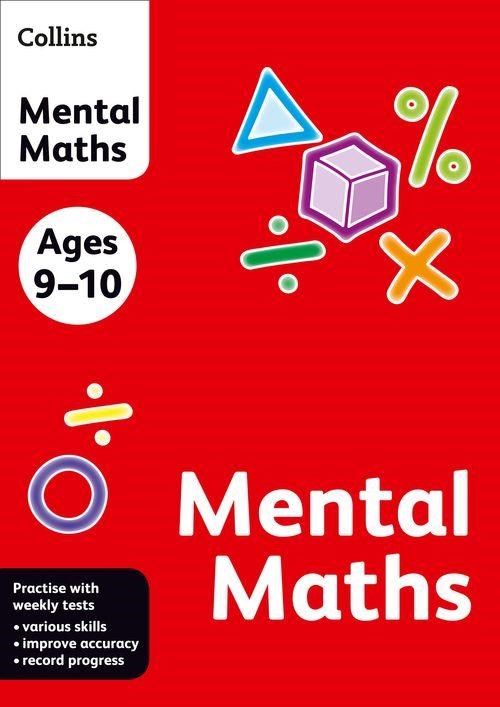 Also, students will get acquainted with related areas of mathematics - with financial literacy, with the basic elements of programming.
Also, students will get acquainted with related areas of mathematics - with financial literacy, with the basic elements of programming.
Training is conducted in a game format, which makes it not only effective, but also exciting. Sign up a student for the Amamatika course and start developing his mathematical abilities now!
Scientists explained what determines a child's mathematical abilities
At what age do mathematical abilities manifest themselves most clearly? Associate Professor of the Department of Higher Mathematics at the Moscow Institute of Physics and Technology, member of the Advisory Board of the International Mathematical Olympiad Nazar Agakhanov tells about this to RG.
Nazar Khangeldyevich, all parents dream of raising a gifted child. But how to do it?
Nazar Agakhanov: If we talk about mathematical abilities, then the statistics are as follows - only 10 percent of children have them. Now there is some kind of epidemic, all parents want to make their children "gifted". What for? I think this is the fashion and ambitions of parents. From the side of the parent community there is a strong pressure on the school, on the teachers. Each teacher is required to conduct additional classes, assuming that the more hours of mathematics with the child, the higher his success will be.
What for? I think this is the fashion and ambitions of parents. From the side of the parent community there is a strong pressure on the school, on the teachers. Each teacher is required to conduct additional classes, assuming that the more hours of mathematics with the child, the higher his success will be.
But isn't that right?
Nazar Agakhanov: This is absolutely not true. Mathematics is very different from other disciplines - the encyclopedic knowledge does not help here. The principle "the more you know, the more success you achieve" does not work.
At the International Olympiad in Mathematics, a third of all tasks are geometry. And when solving many of them, the theorem and is used, which is known to all teams. But each time the participants have to come up with a new construction that uses, among other things, this theorem to solve the problem. This is real scientific work. Due to additional classes, you can climb two steps on the stairs, but there are ten steps.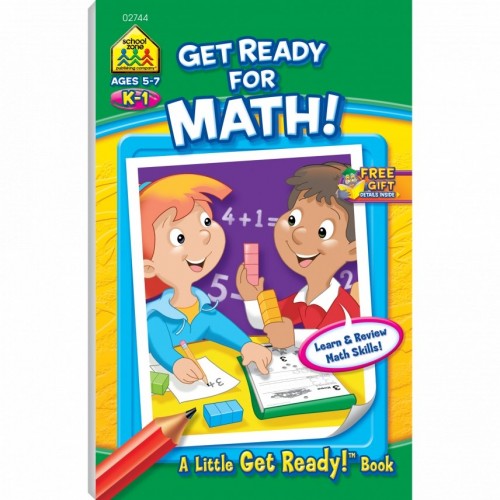 It all depends on where you started your way up.
It all depends on where you started your way up.
We were approached by some countries with a request to send Russian teachers (and our coaching school is one of the best) to improve the level of their countries' teams: "Send coaches and we will receive 5-6 gold medals." Does not work! It is necessary to have both the ability for mathematics and the general high level of mathematical education in the country.
Meanwhile
But these 10 percent of mathematically capable children - is it genetics?
Nazar Agakhanov: Yes, it's genetics. Today, biologists know that nature determines many things in man. After all, if you look, mathematical abilities are a kind of deviation from the norm.
When a genetic change is beneficial to a community, it sticks. But if we take the development of mathematics and the time of the existence of mankind and compare ... Mathematical abilities have become useful only recently. How is a useful quality fixed? First, nature experiments on males, then the change is transferred to females, since it is the woman who is the carrier of genetic information.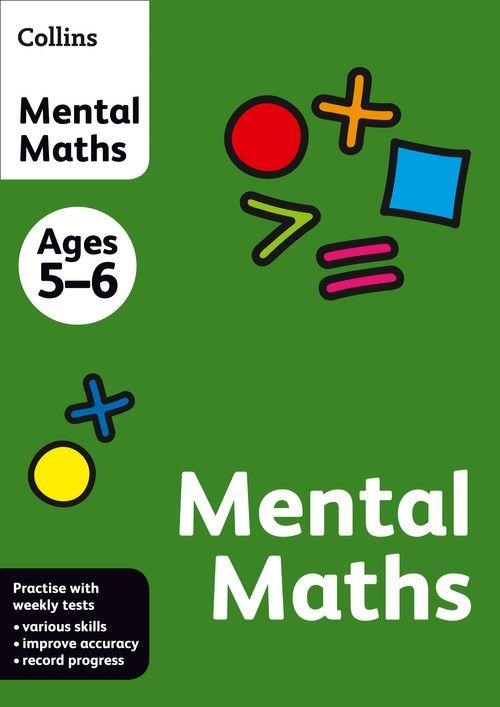
At what age do children show their mathematical abilities most clearly?
Nazar Agakhanov: Talent often reveals itself when a child enters the 5th grade, when mathematics begins, requiring a meaningful apparatus of logical and algebraic thinking.
Does the school know how to work with such students?
Nazar Agakhanov: Unfortunately, now the school does not solve its main task - to teach to think and assimilate the studied material. In elementary school, it is necessary to learn poetry, memorize the rules, then the development of memory, thinking, and speech takes place. And now knowledge is not acquired, it is replaced by information that can be downloaded from the Internet. They copied it, fixed it, and ... it was gone. Children do not memorize texts, they cannot keep a mathematical problem in their memory. Even elementary school algebra children know worse than 20-30 years ago. And we are running forward, forcing the teacher to load the child with additional knowledge. And most importantly, instead of a learning process, there is a constant test of knowledge. Having not received knowledge, the child must demonstrate something to the inspectors ...
And most importantly, instead of a learning process, there is a constant test of knowledge. Having not received knowledge, the child must demonstrate something to the inspectors ...
But real talent always comes through, doesn't it?
Nazar Agakhanov: There is the concept of "nerd", "nerd", when everyone around is standing on their heads, and he is quiet in his glasses and thinks, works. There is a small category of such capable schoolchildren who depend little on the environment. But we will lose someone, a certain percentage will not be able to discover their abilities, since this requires an environment.
Where is the line between ability and genius? Have you met geniuses?
Nazar Agakhanov: I have seen mathematical geniuses. No more than five people. And I must tell you that it is quite difficult to communicate with geniuses. Genius in some way contradicts socialization. Quite often, autism occurs among children who have outstanding abilities, and society should treat them with understanding.